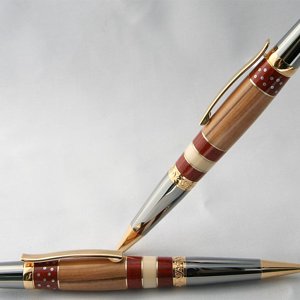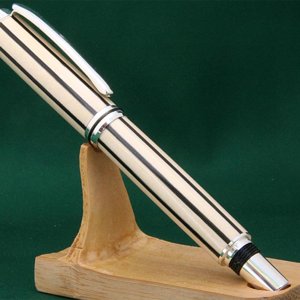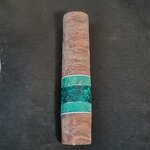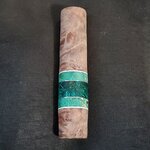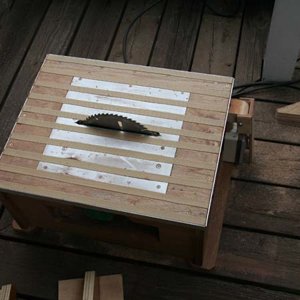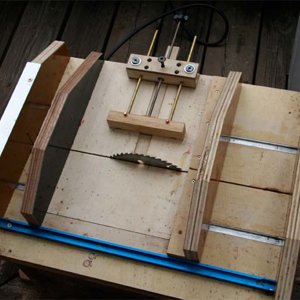Different situations require different approaches as has been mentioned above.
1. Starting off with a precision squared blank is the primary key for me in most situations.
2. Precision alignment of components of the segments are the next most situations.
3. And in other situations, I drill holes in segments and then slice them thin as needed and then stack / layer them onto the tube with epoxy to allow for time to do the whole blank
4. Choose your entrance and exit hole. This one is about the need of having a precise entrance and precise exit point. Not necessarily aiming at segments, but sometimes it is helpful with segments.
Again, the alignment and squaring method will depend on the kind of segment you use. John gave some great views of his segments and I will give you two of my old ones:
In this one, I just simply drilled holes in individual pieces and then sliced them to the thickness wanted and stacked them:
Elegant Beauty TI Gold Bloodwood, BOW, Holly core solder CA finish
www.penturners.org
IN this one, precision alignment and squaring was absolute. I did several in which the alignment was off by less than 1/2 of a MM and it showed. This perfect pen was a pen of pure luck!
Imported Photo from leehljp. Please edit title and description.
www.penturners.org

